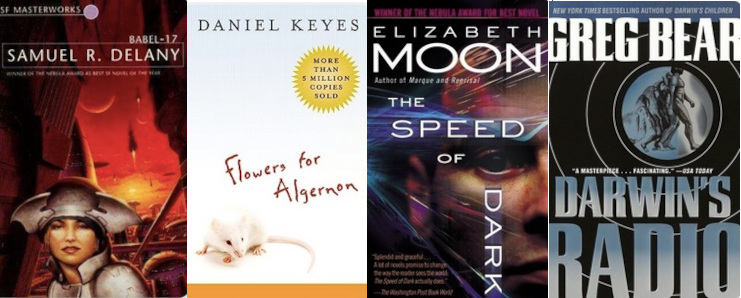Published: Jan 17, 2022 by Steve Baskauf
One of the issues I discussed at my recent talk in the Art in Context: Identity, Ethics, and Insight symposium was the problem of representing anonymous artists in knowledge graphs. The solution that the Wikidata community has accepted is to associate a P170 (creator) claim with a somevalue snak having a P3831 (object has role) qualifier value of Q4233718 (anonymous). In RDF, this corresponds to a blank node and Wikidata claims using somevalue are represented by blank nodes in the Query Service.
This solution was a bit annoying, because the VanderBot script that I use to create items in Wikidata from data in CSV files could not generate somevalue claims. Since anonymous artists are important for two Vanderbilt Libraries Wikidata projects that I’m working on (WikiProject Vanderbilt Fine Arts Gallery and WikiProject Art in the Christian Tradition (ACT)), I spent some time last week updating the VanderBot Python script to be able to create somevalue claims. I also modified its companion script (used to download existing data) to record somevalue information in the same format used by VanderBot.
Using the new script, last Friday I was able to create about 100 new artwork items for the ACT project, many of which had anonymous artists.
For details of how to use the new feature, see the VanderBot user information page.


